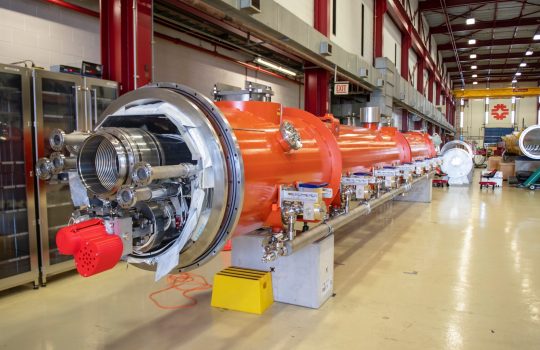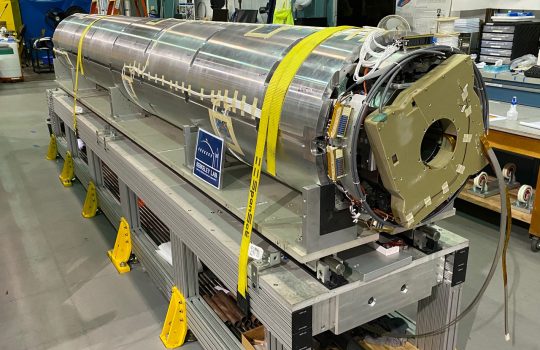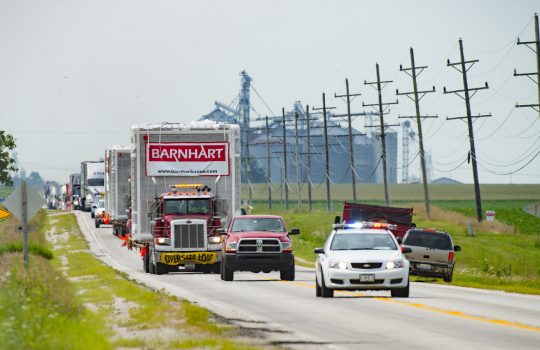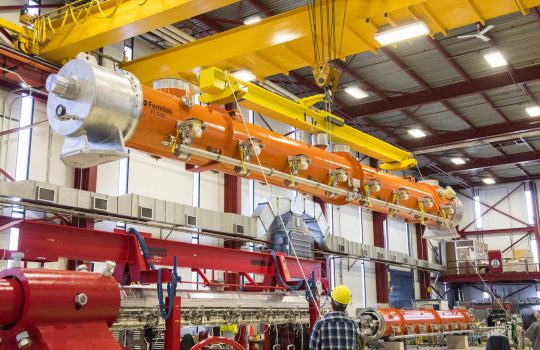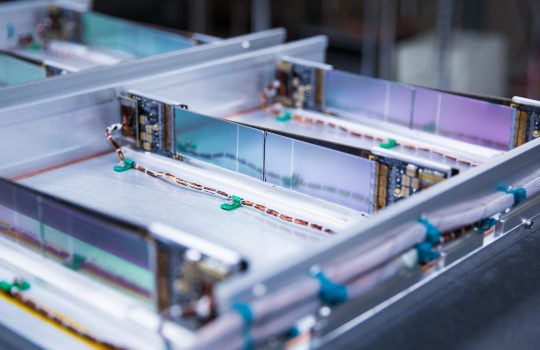Jefferson Lab dedicates niobium-tin particle accelerator prototype
Jefferson Lab, December 16, 2024
Jefferson Lab successfully tested the first niobium-tin alloy cryomodule, a prototype section of particle accelerator, that is capable of accelerating electrons to energies exceeding 10 million electron-Volts.
Senior scientist Grigory Eremeev led the project and a Fermilab team leveraged the lab’s Nb3Sn coating facility, SRF cavity processing and testing infrastructure.

